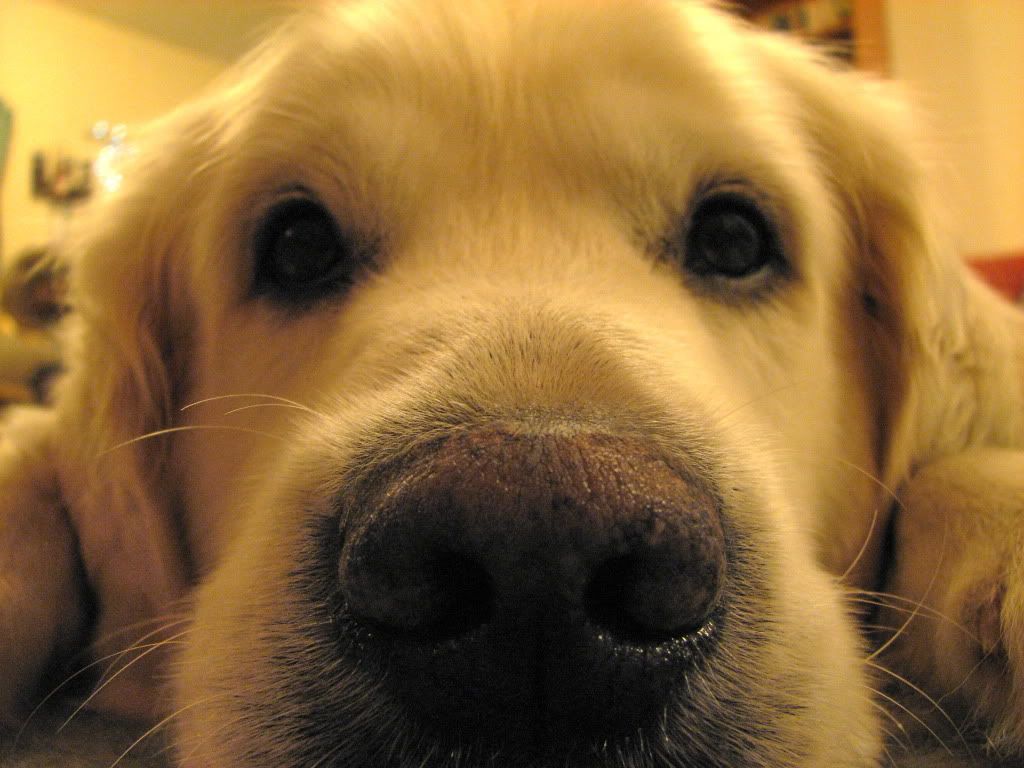Earlier in the week I discussed animal training plans but after giving it some thought, I decided that it might be advantageous to share just how you set one up.
Basically, a training plan is like having a map for your trip. It is important to follow a process that gets you to the final goal just like following the road map to a destination.
There are two types of plans–those for the professional and those for the pet owner.
For the animal trainer the animal training plan is more like a sequential program to get clients to the final goal of better behavior.
One skill builds on another and the basics are the best place to start.
The successful training program will be goal oriented and once implemented will be maintained with minimal effort because it will be able to be integrated into the daily routines of the students and their animals.
In the wild animal training field we always use the knowledge of the natural history of the species, individual history, relationships with conspecifics, what the environment is like, and exhibit limitations.
It is no different in the domestic realm where the trainer needs to know the predisposition of the species, individual, the animals it lives with, the environment and family dynamics within the home.
The other important components are to understand and recognize what is reinforcing or aversive to an animal, if the animal has a specific learning style or if it is receptivity is influenced by the environment.
It is also critical to understand and recognize the signals and patterns of behavior that indicate stress, or signal appeasement, so that problems can be mitigated or reduced.
Now most animal trainers understand that everything that happens is teaching an animal something.
It is being conscious of what is transpiring in any given moment that is important and what most novice trainers or pet owners miss.
I usually say, “everything is reinforcing or is extinguishing.”
Translated, this means if it is being reinforced, the likelihood that it will occur again is high.
If not, it will extinguish or disappear.
Plus, if you teach an animal to respond, you engage the mental processes–otherwise the animal might just react–which is different. (I can talk about this at another time.)
A successful training plan (or program) is best when it is clear, flexible and progressive.
-
- Clear means that you have an idea where you are going.
- Flexible means that you change according to how you or the animal is progressing.
- Progressive means that the behavior steps always move forward to the goal instead of backwards.
Now, to get where you are going you need a plan, clear markers of success, and a journal or log to keep track of progress.
When working with behavior problems I make people log when the behaviors occur, what context, and if there are any triggers before they see it.
Often, patterns of behavior occur and so keeping a record reveals those patterns, helps to identify the patterns and precursors to the problems or breakdowns in behaviors.
Wild animal trainers like acronyms and one of the popular ones for training programs is called, SPIDER.
- Setting Goals
- Planning
- Implementing
- Documenting
- Evaluating
- Re-adjusting
or you can remember that I TOLD U.
- Training Goals
- Objectives
- Learning Steps/Activities
- Documentation
- Under Stimulus Control
Okay, so now that I gave you a few ideas about this. It is time to look at an example.
Training Goal
For this example, let’s use the behavior of “Come.”
Objectives
- Get the animal to come when called.
- Immediate response.
- Fast response.
- Respond in familiar environment.
- Respond in higher distraction environments.
Learning Steps/Activities
Steps to “Come”
In familiar environment get animal to:
- Respond to name.
- Give eye-contact.
- Move toward caller.
- Close proximity calls in a familiar environment (home).
- Successive approximation to distance.
- Play Relay “Come”
- Play Hide n’ Seek “Come”
- Get success, repeat maximum of two times.
- Practice 3-6 short sessions per day.
Move to level two distraction (yard) on lead once animal has an immediate, reliable come in the home after a minimum of one-two weeks of practice.
- Move toward caller.
- Close proximity calls in yard.
- Successive approximation to distance.
- Play Relay “Come”
- Play “Run while calling” game.
- Repeat sequence on line.
- Get success, repeat maximum of two times.
- Practice 3-6 short sessions per day.
Move to level three distraction (park) after successfully practicing the behavior successfully for one-two weeks at level two distraction.
- Move toward caller.
- Close proximity calls.
- Successive approximation to distance.
- Play Relay “Come”
- Play “Run while calling” game.
- Repeat sequence on line.
- Get success, repeat maximum of two times.
- Practice 3-6 short sessions per day.
Documentation
Log location, time, progress, issues, successes, and level training ended.
- Casey responded to name and gave eye-contact and so was rewarded. Stepped back three steps and repeated with success. Ended session.
- Was in front of Casey, called her and moved back three steps she came right away. Repeated, then played relay with kids. Stopped before she went “automatic.”
- Did relays from about six feet away from Casey. Repeated successfully three times even though she got distracted by the cat on the 3rd attempt–she did come.
Under Stimulus Control (Cue)
Stimulus control means putting the behavior on cue. The word, “come” is a cue but so is a hand signal.
Pairing the signal with the verbal command will trigger a response from the pet if taught correctly.
At first, both are done together, and then one or the other can be faded out.
So, this is a simple type of example for one behavior.
Now if you are a trainer working with students you might set up a goal for the class session.
In the first class of the series (after they listen or participate in the animal behavior introduction), generally I teach students how to:
- properly use the leash,
- bridge,
- get eye-contact,
- teach off,
- teach sit,
- get longevity and distance,
and then I let them practice before advancing to more active behaviors that require more skill.
Each class builds on the next and so should your training plans.
Each training session builds on the previous.
Okay, is this clear? Do you have an example to share?



